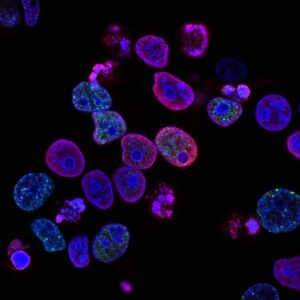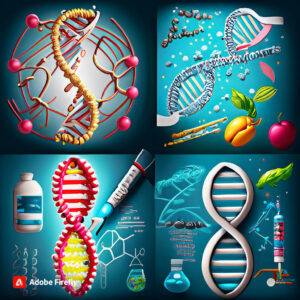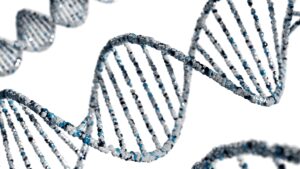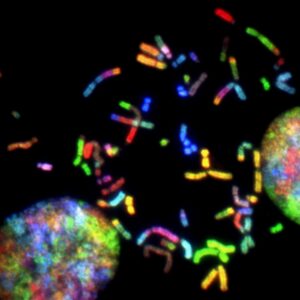DNA replication is like a meticulously choreographed dance that occurs inside your cells to make an exact copy of your DNA. Understanding this process is key to grasping the basics of biology and genetics. So, let’s dive in!
What is DNA?
First things first: what is DNA? DNA, or Deoxyribonucleic Acid, is the genetic material in all living organisms. It’s the instruction manual that tells your body how to build and operate itself. Imagine it as an incredibly long zipper made up of smaller pieces called nucleotides. Each nucleotide consists of three parts: a sugar molecule, a phosphate group, and a nitrogenous base. These bases are the true stars of the show; they’re the letters in the instruction manual. There are four types: adenine (A), thymine (T), guanine (G), and cytosine (C).
The Double Helix Structure
The most iconic representation of DNA is the double helix. Think of it as two parallel zippers twisted around each other. This double helix consists of two complementary strands, and they’re antiparallel, meaning they run in opposite directions. The bases from one strand pair with those from the other strand, following specific rules: A pairs with T, and G pairs with C. These are called base pairs, and they’re like the teeth of the zipper, holding the two strands together.
Why Replicate?
DNA needs to be replicated for a number of reasons. When a cell divides, each new cell needs its own copy of DNA. If you’re growing, healing, or just maintaining your body, new cells are constantly being produced. Without a new set of “instructions,” these cells can’t function. So, DNA replication ensures that each new cell gets its own copy of the genetic manual.
The Players in the Game
To make a copy of DNA, a few key players come into the picture:
- DNA Polymerase: This is the star player. It’s the enzyme responsible for adding new nucleotides to the growing DNA strand.
- Helicase: This enzyme unzips the DNA, breaking the hydrogen bonds between the base pairs.
- Primase: It lays down a short RNA primer, which serves as a starting point for DNA polymerase.
- Ligase: This enzyme glues together fragments of DNA.
- Topoisomerase: It relaxes the DNA from getting too twisted.
The Steps of Replication
1. Initiation
First, specific areas called origins of replication are identified. These are starting points where the DNA will begin to “unzip.” Helicase starts to unwind the double helix here.
2. Elongation
Primase then comes along and adds a short RNA primer to the single strands of DNA. This acts as a launching pad for DNA polymerase. The DNA polymerase attaches itself to the primer and starts adding new nucleotides, constructing a new strand. One strand, called the leading strand, is continuously synthesized. The other, called the lagging strand, is synthesized in short fragments called Okazaki fragments.
3. Termination
Eventually, the new strands are fully synthesized. Ligase glues together any remaining fragments, and the RNA primers are replaced with DNA. Now you have two identical DNA molecules where there used to be one!
Semi-Conservative Replication
The replication process is called “semi-conservative” because each new DNA molecule contains one original strand and one newly synthesized strand. This is great for reducing errors and maintaining genetic stability.
Error Checking
DNA polymerase also acts as a proofreader, checking for mistakes as it goes. This is important because even a single error can lead to mutations, which could potentially cause diseases.
Summary
So, in a nutshell, DNA replication is a precisely coordinated process that involves several key molecules and steps. It ensures that every new cell gets its own copy of your genetic instruction manual, allowing life to continue in its wonderfully complex variety.
Understanding DNA replication can help you appreciate the complexity and beauty of life at its most fundamental level. Whether you’re interested in medicine, genetics, or just understanding yourself better, this topic is essential.





